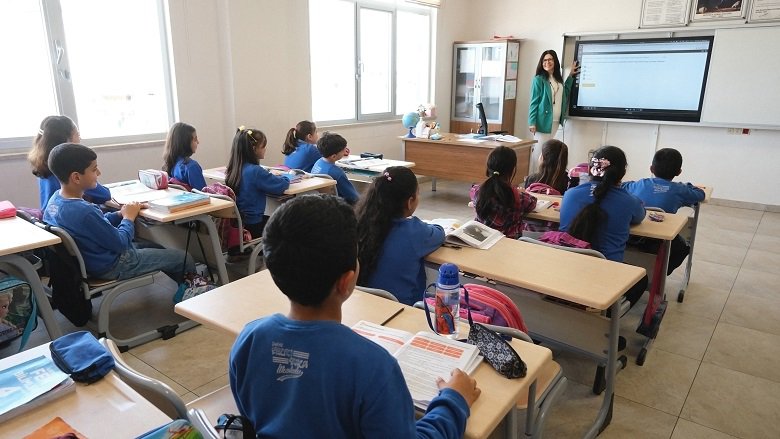It has been about four months since Türkiye was hit by two very large earthquakes of magnitude 7.8 and 7.5 on February 6, 2023, followed by thousands of aftershocks and another strong earthquake of magnitude 6.7 on February 20, 2023.
The earthquakes inflicted the heaviest damages in 11 provinces in southern Türkiye, home to 14 million Turkish citizens, representing 16% of the country’s population, and 1.8 million Syrian refugees.
The World Bank and the Global Facility for Disaster Reduction and Recovery (GFDRR)’s rapid damage assessment report using the Global Rapid Post-Disaster Damage Estimation (GRADE) methodology estimated $34.2 billion in initial direct physical damages, with the Turkish government and partners estimating recovery and reconstruction costs to exceed $81 billion. Around 5% of the 20,000 education buildings in the earthquake-affected areas collapsed, or were either severely or moderately damaged.
As recovery and reconstruction efforts continue apace, an inspiring story is emerging of how Türkiye’s partnership with the World Bank, GFDRR and the European Union (EU) played its part in ensuring that recently constructed schools withstood what has now become the deadliest earthquake disaster in the country’s modern history.
Since 2017, with support from the World Bank and GFDRR, as well as the European Union through its Facility for Refugees in Turkey (FRiT), Türkiye’s Ministry of National Education has built 57 schools, representing over 1,400 classrooms, based on Türkiye’s latest seismic code which was updated in 2018 in accordance with international earthquake engineering standards. These efforts have been undertaken under the auspices of the Education Infrastructure for Resilience Project.
Every single one of the 24 schools located in areas affected by the February 2023 earthquakes and aftershocks survived. Fortunately, the earthquakes struck outside of school hours, which also contributed to saving the lives of students and educators.
“Most of the parents came to look at the school. They saw that there is not even the smallest crack or plaster crack in our school. We continue our educational activities seamlessly where we left before the earthquake,” said Murat Çiçekdal, School Manager for the Martyr Ercan Sanca Primary School.

